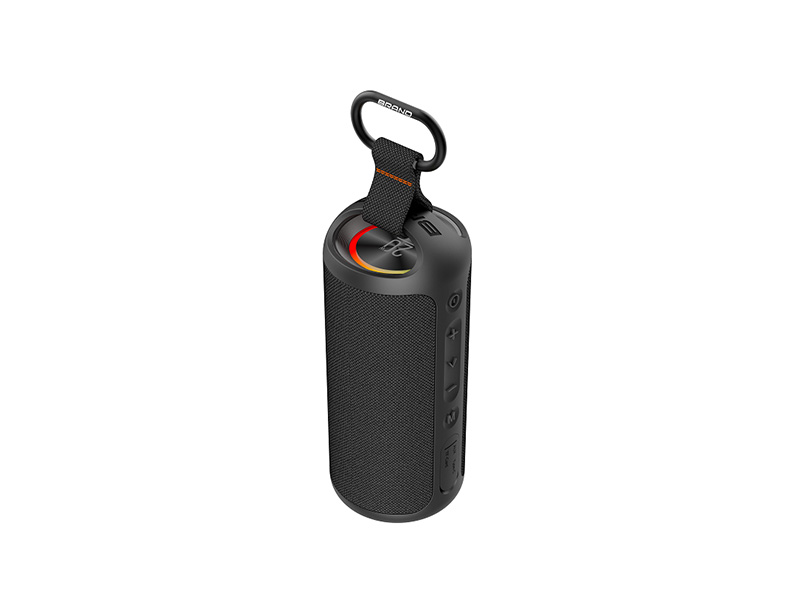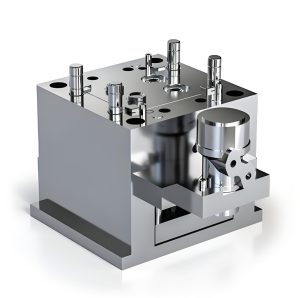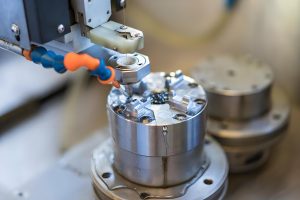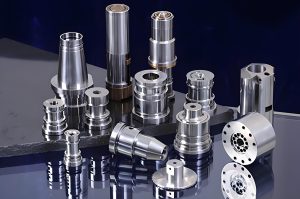
China BT speaker sourcing and inspection service offered by GMT can make sure our customers get the right products they expect at a very competitive price. Here we present the detail procedure of our inspection, which can show you our professional on China BT speaker sourcing and inspection. You are welcome to inquire anything about our sourcing and inspection service for BT speaker.
BT Speaker inspection procedure,
1. Check the appearance of the BT speaker to ensure there are no scratches or dirt, and make sure there are no missing parts near the BT speaker.
2. Test the charging interface and charging function of the BT speaker. There should be an indicator light during charging, and it should turn green or turn off when fully charged.
3. Switch on the BT speaker, connect it to your phone via Bluetooth, and check if the Bluetooth name is correct. Test the music playback function and the phone call function.
4. Test the AUX function, connect the audio cable between the BT speaker and the phone or computer, test the music playback function, and make phone calls with the phone.
5. Test the audio insertion of SD function, play music from the SD card.
6. If the BT speaker has an FM function, test the FM function. Test the speaker’s Bluetooth range, and all functions should work properly within 10 meters.
7. Check the power switch and all function buttons of the BT speaker. Ensure that all functions are working properly, and that the buttons have a normal feel and normal spring.
8. If the BT speaker has a remote control, test the remote control function and distance. The remote control should work normally at a distance of 10 meters.
9. Test the BT speaker’s volume adjustment to see if it can change smoothly without any distortion or noise at the maximum volume.
10. Test the BT speaker’s impedance to ensure it matches the description in the packaging and specifications manual.
11. The battery must be fully charged, and the capacity must be divided according to the specifications. The capacity must meet the requirements specified in the specifications.



